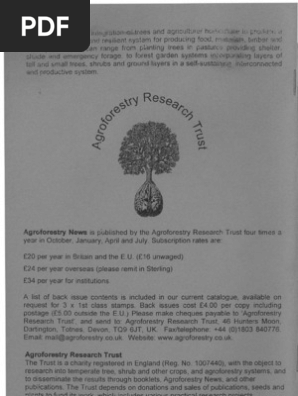100% found this document useful (6 votes)
2K views6 pagesProduction Technology of Dragon Fruit
Dragon fruit is a tropical fruit native to Mexico that is now cultivated in many regions. It is a climbing cactus vine with beautiful white flowers and bell-shaped fruit. The fruit comes in different varieties with flesh that is white, red or yellow and skin that is pink, red or yellow. Dragon fruit grows well in dry, tropical areas and requires partial shade, well-draining soil, and regular irrigation to produce multiple fruiting cycles per year. It is commonly propagated through stem cuttings and grafting and trained to climb wooden or concrete posts for support.
Uploaded by
Abhinash MoirangthemCopyright
© © All Rights Reserved
We take content rights seriously. If you suspect this is your content, claim it here.
Available Formats
Download as DOCX, PDF, TXT or read online on Scribd
100% found this document useful (6 votes)
2K views6 pagesProduction Technology of Dragon Fruit
Dragon fruit is a tropical fruit native to Mexico that is now cultivated in many regions. It is a climbing cactus vine with beautiful white flowers and bell-shaped fruit. The fruit comes in different varieties with flesh that is white, red or yellow and skin that is pink, red or yellow. Dragon fruit grows well in dry, tropical areas and requires partial shade, well-draining soil, and regular irrigation to produce multiple fruiting cycles per year. It is commonly propagated through stem cuttings and grafting and trained to climb wooden or concrete posts for support.
Uploaded by
Abhinash MoirangthemCopyright
© © All Rights Reserved
We take content rights seriously. If you suspect this is your content, claim it here.
Available Formats
Download as DOCX, PDF, TXT or read online on Scribd
/ 6
























































































